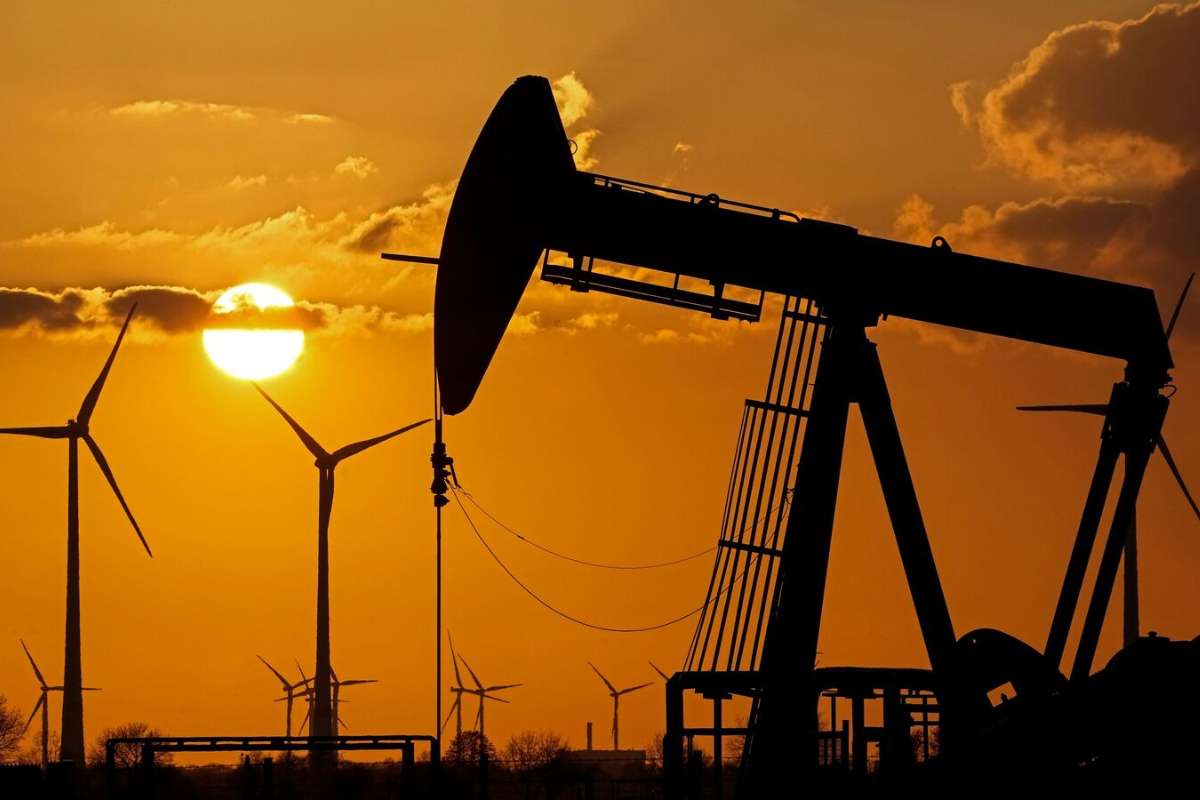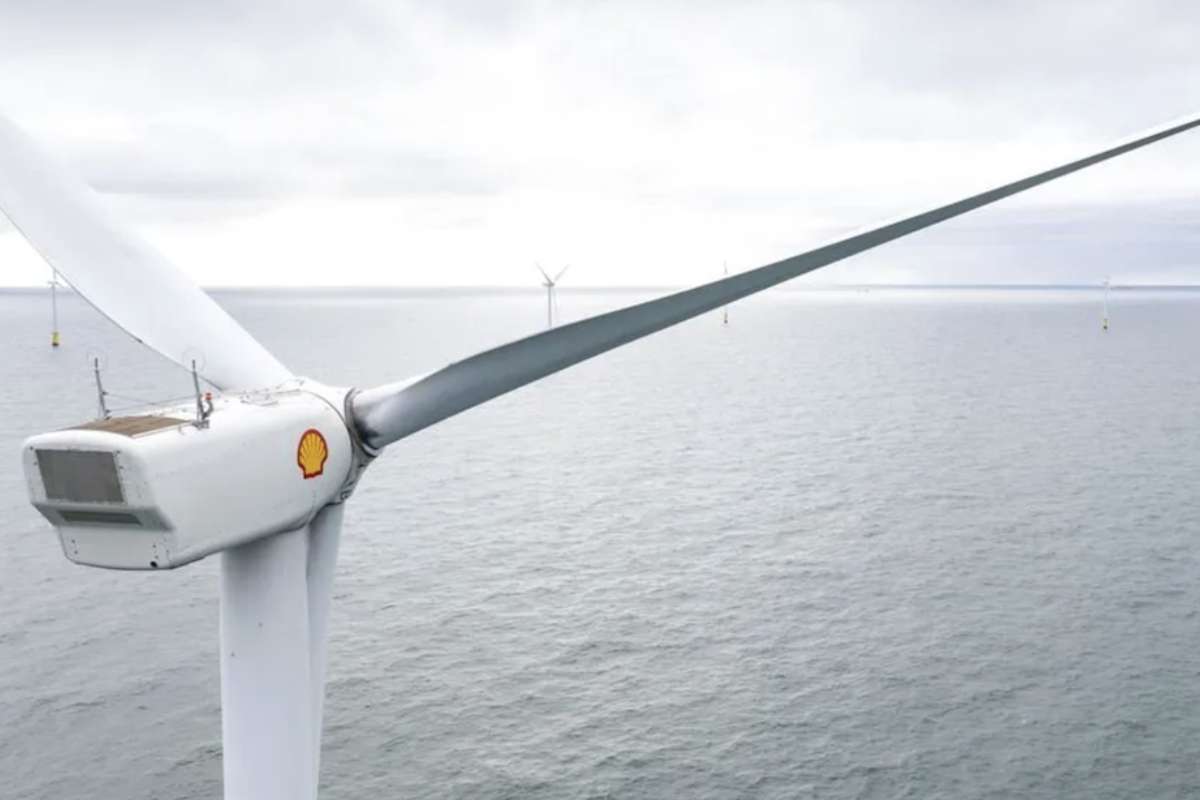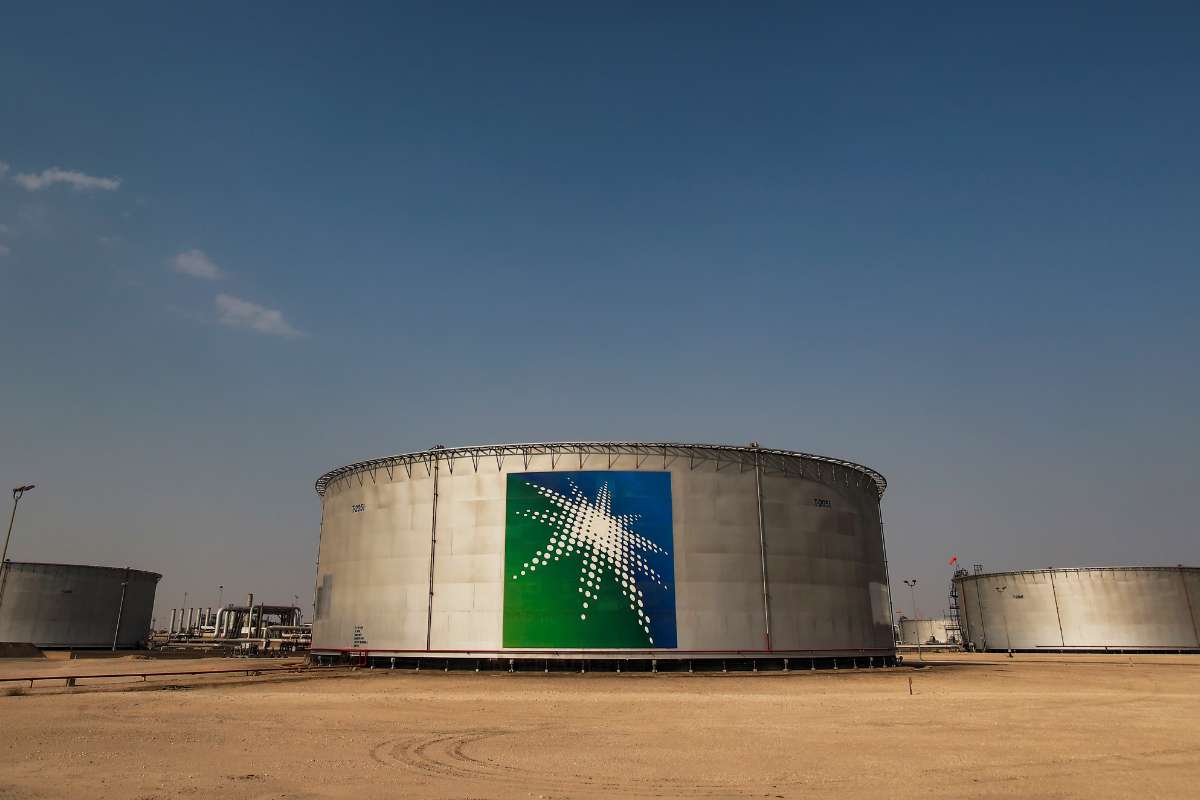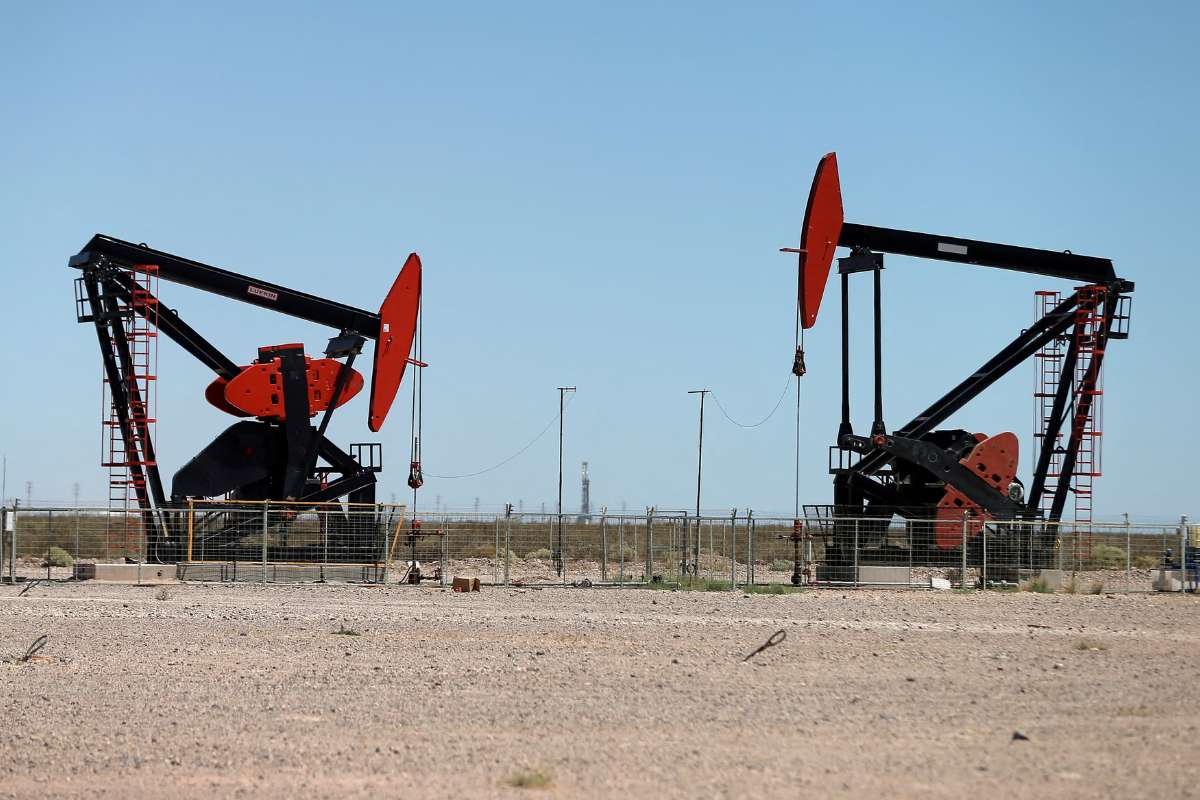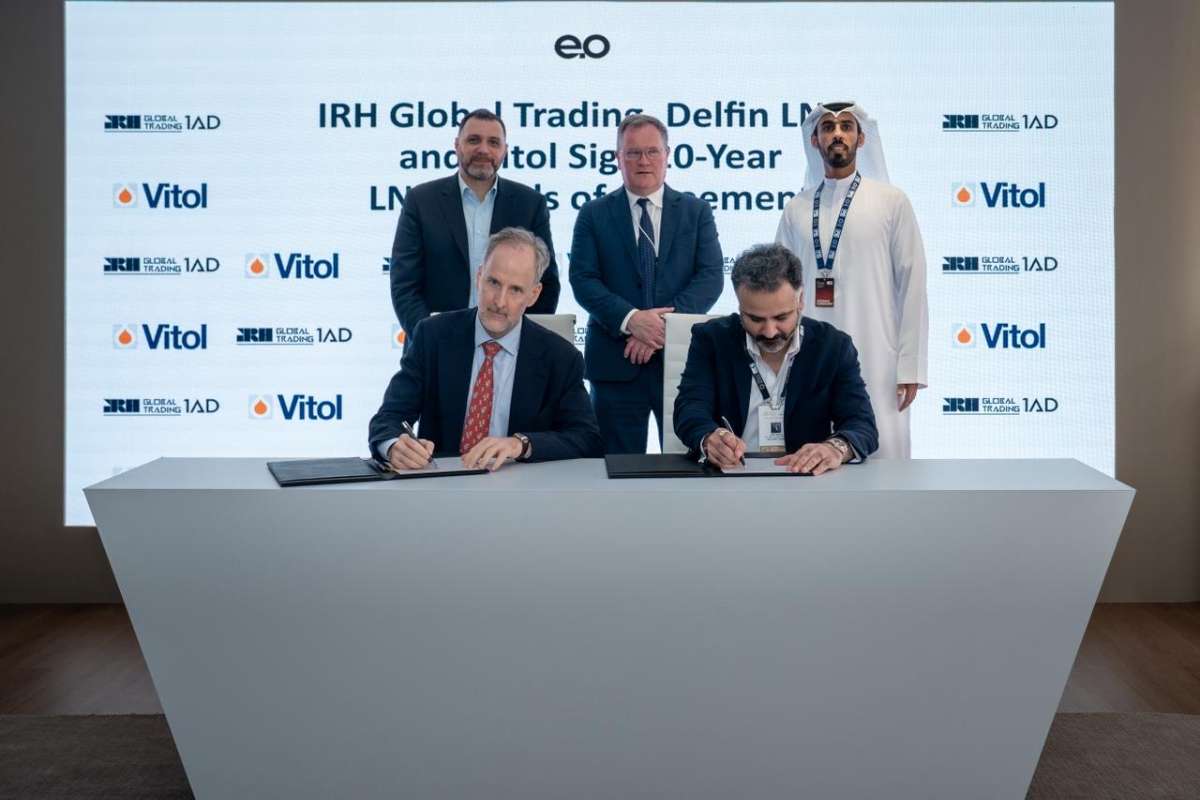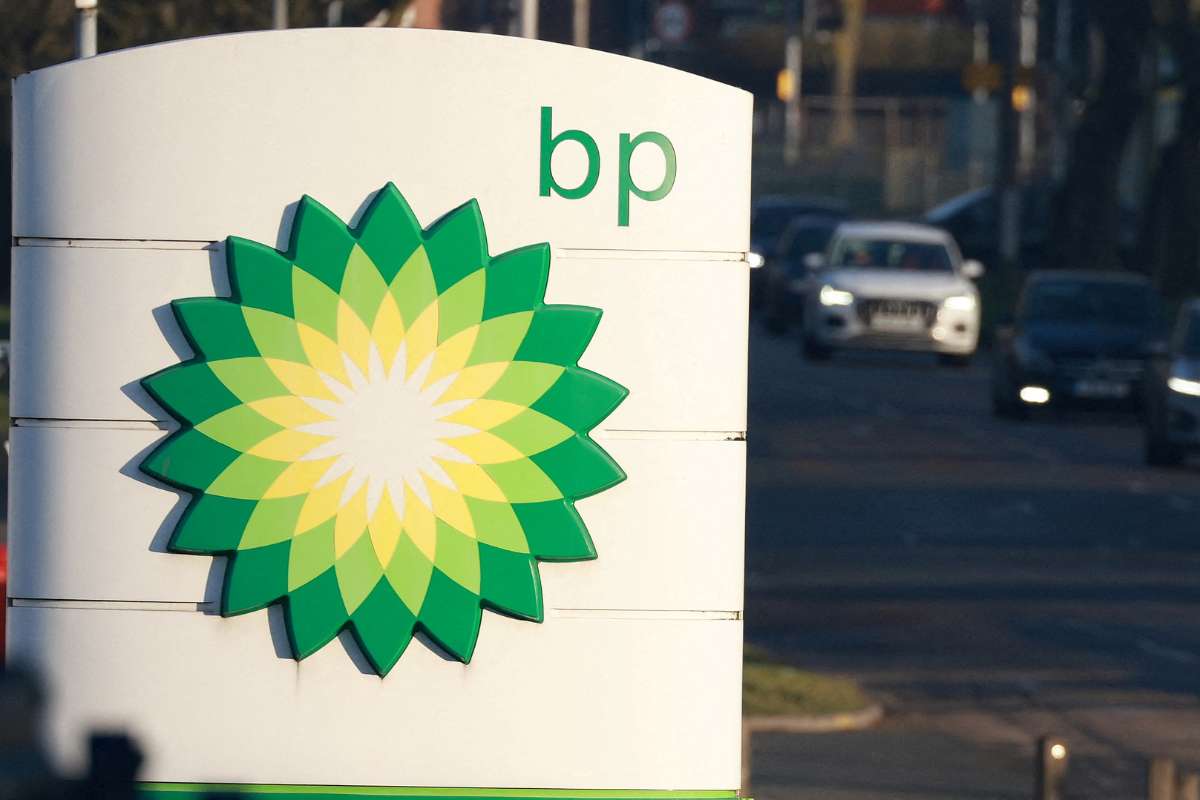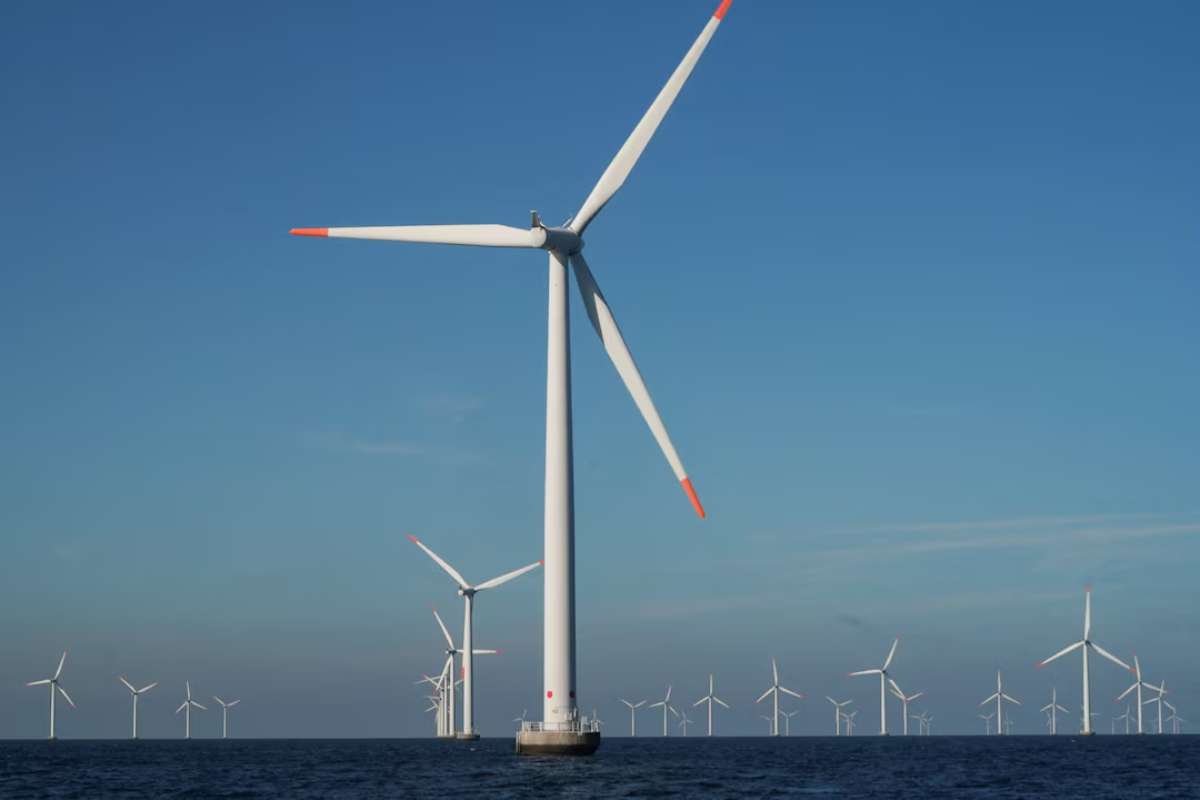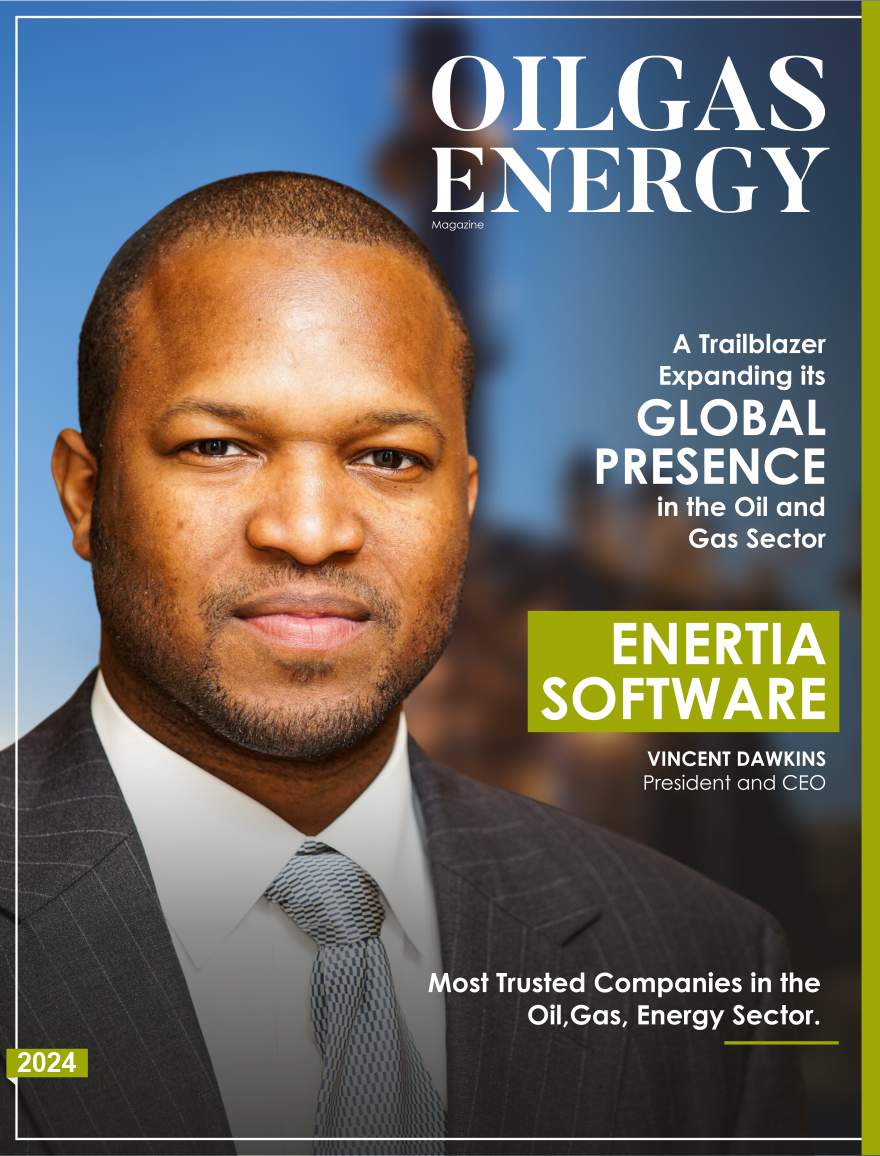Chevron Corp. has selected West Texas as the site for its first project to provide natural gas-fired power to a data center, marking the oil major’s entry into the rapidly expanding energy-for-AI market.
The company announced Wednesday that it is in exclusive talks with the unnamed end user of the data center and expects to make a final investment decision early next year. The facility, scheduled to begin operations in 2027, is designed to eventually generate up to 5,000 megawatts of electricity.
AI driving new energy demand
The move comes as data centers worldwide face surging power requirements driven by artificial intelligence applications. Companies are increasingly locating such centers closer to fuel sources and away from major cities to ensure stable and cost-effective energy supply.
Chevron Corp., one of the largest producers in the Permian Basin of West Texas, is positioning itself to take advantage of this trend. The region’s vast natural gas reserves often exceed pipeline capacity, forcing operators to burn off excess fuel.
“We’ve got the gas,” Chief Financial Officer Eimear Bonner said in an interview ahead of Chevron’s investor presentation in New York. “We are uniquely positioned to have a very competitive project.”
Project details and capacity goals
The project is expected to ramp up production within three years of launch, ultimately reaching about 2,500 megawatts—roughly equivalent to the output of two nuclear reactors. Chevron plans to build the facility independently from the regional power grid to avoid competing with local electricity supply.
By linking the project directly to its gas operations, Chevron aims to secure long-term demand for its 3 billion cubic feet per day of natural gas production. The company’s shares fell 1.7% to mid-morning trading in New York, while Brent crude prices declined 2.7% to $63.41 a barrel.
Chevron’s partnership with Engine No. 1—a firm that gained prominence after leading a successful activist campaign against Exxon Mobil Corp. in 2021—played a key role in shaping the initiative. The collaboration includes an order for seven large natural gas turbines from GE Vernova Inc.
Growth strategy and financial outlook
At the investor day, Chevron executives outlined a long-term plan to expand production while keeping capital spending in check. The company expects to increase free cash flow by 14% annually over the next five years and maintain consistent shareholder returns.
Chief Executive Officer Mike Wirth said Chevron will remain adaptable amid market volatility. “You can count on us to be prepared for the unexpected, and resilient through any headwinds,” Wirth said in prepared remarks.
Chevron Corp. also reaffirmed its commitment to buy back $10 billion to $20 billion of stock annually through 2030, consistent with its existing repurchase range. In the last quarter, it repurchased $2.6 billion in shares.
Long-term targets through 2030
Under its updated outlook, Chevron plans to:
- Lower its annual capital budget to $18 billion–$21 billion, down from $19 billion–$22 billion.
- Generate approximately $30 billion in free cash flow by 2030—about 75% higher than current levels—assuming Brent crude prices of $70 per barrel.
- Cover dividends and capital spending even with Brent at $50 per barrel.
- Grow oil and gas production by 2%–3% annually, exceeding analyst expectations of about 1.7%.
- Increase annual cost savings to as much as $4 billion by the end of 2026, compared with a previous goal of $3 billion.
Chevron Corp. power project signals a strategic shift toward serving emerging energy needs from the digital economy, particularly as AI technology reshapes global power demand. If successful, the initiative could establish a new model for energy companies seeking to integrate traditional fuel resources with the data-driven industries of the future.
Visit Oil Gas Energy Magazine for the most recent information.


